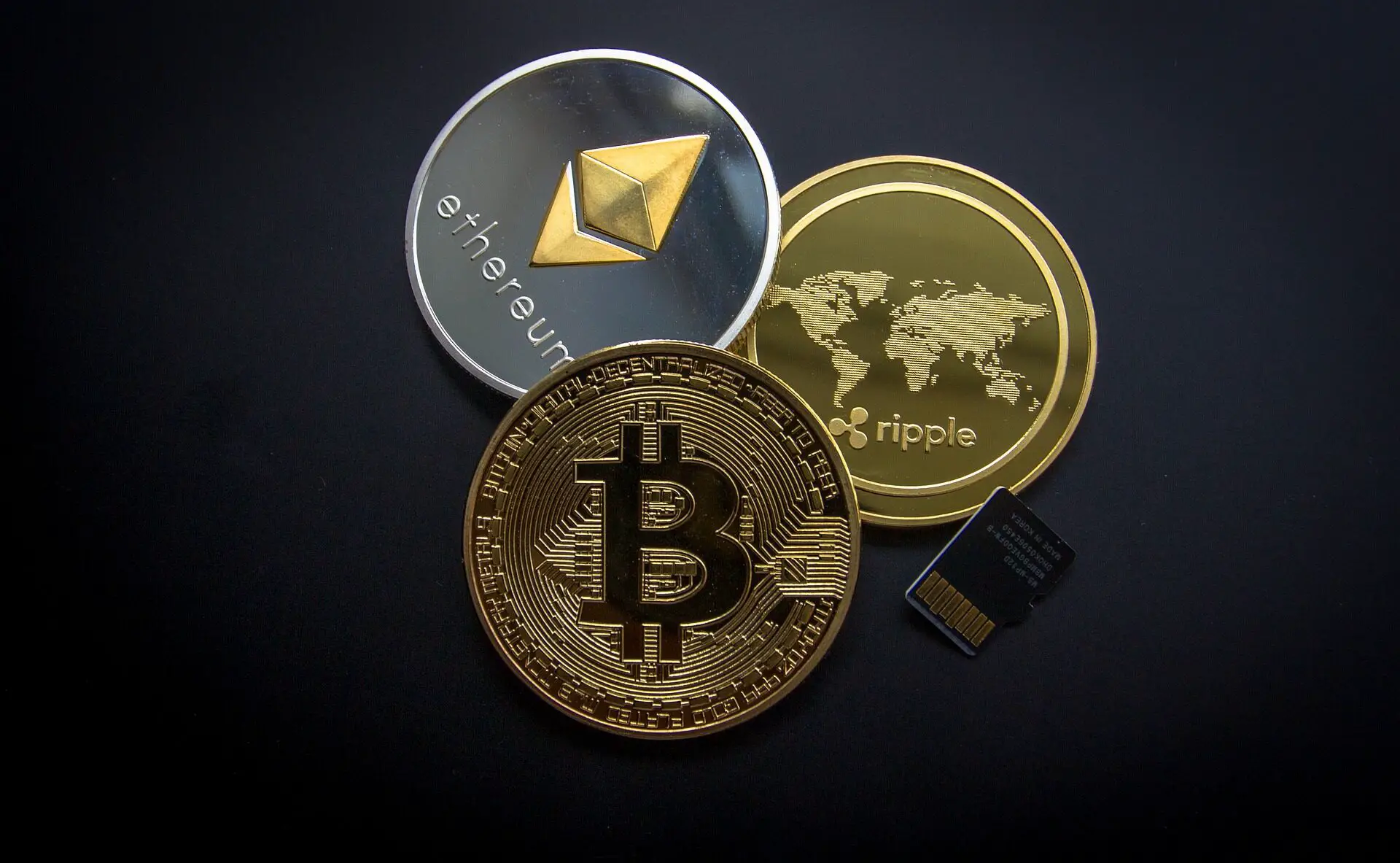Crypto investing is a journey full of ups and downs, and while there are lessons that can only be learned by living the life of an investor, some lessons can be passed on by those having made the mistakes before. These are the most common mistakes crypto investors make, some of which can result in a total catastrophe.
Starting without a goal
Arguably, a goal is the first most important step to take when you begin any endeavor in life. There is no one way to invest in cryptocurrencies: some people invest 10% of their income into projects they deem useful with the potential to stand the test of time then hold the assets long term. Others, however, invest early in a niche altcoin expecting to get an initial hype then sell immediately after that; and so on and so on.
While one method may have a better chance of success than others, all of them are better than no method at all. After coming up with a goal, write down a plan to achieve that goal. The plan can include things like buying x amount of ETH every month, tripling the buy at a big dip, selling when a certain amount of profit is met.
If you don’t write these down, nine out of ten times you won’t commit to them consistently. People without plans tend to panic sell out of FUD and impulsive buy. However, it’s important to be flexible. When big unexpected changes happen (and they will) draw up a new plan accordingly and stick to that.
Buy and sell too often
Overtrading is a common mistake investors make. When you hold an asset for less than a year, they will be subjected to short-term capital gains tax, which ranges from 10-37%. In contrast, the tax rate for long-term holding is only 0-20%.
For example, if you’re single with a yearly income of less than $40,000, you pay 12% for a short-term hold and 0% for a long-term hold. Therefore, buying and selling too often will lead to part of the profit being consumed by the tax.
Furthermore, there is a gas fee for all the transactions made with cryptocurrencies, so the more transactions you make, the more gas fees you pay. It doesn’t seem like much at first, but couple that on top of tax and it can be pretty significant. This is one of the advantages of long-term holding.
Wrong address
Once you’ve sent your crypto away, you can’t reverse the transaction—this is a defining characteristic of cryptocurrencies and decentralization. So please always double-check the wallet address before clicking send.
When you’re sending a large amount of money, it’s even recommended to do a test transaction first. Also, using QR codes allows less room for mistakes than copying and pasting addresses or, God forbid, entering them by hand. Don’t be that guy who sends to the wrong address, as there’s no worse way to lose money.
Not doing your own research
The age of information is the age of misinformation. The meteoric rise of cryptocurrencies has attracted a lot of greed and many people will jump at the chance of cashing in on the crypto hype no matter the consequences for others. Multiple celebrities, YouTubers, streamers, and crypto personas have promoted questionable coins and crypto projects. If not straight-up scams, which are bound to be rug pulled. So never trust the word of mouth of anyone, no matter how rich or smart they are.
Even if people give advice without any bad intention, they are just humans like you and can be wrong. So practice the habit of doing your own research and double-checking the information you receive with different sources, including info in this article. This habit will make you more confident in your own crypto investing abilities and much better at crypto investing or in general.
Thinking price equals market cap
This is a super easy mistake to make. People usually assume a $200 vacuum cleaner will do its job better than a $100 one. That a $700,000 house must be bigger than a $300,000 one. So a coin with a higher price will have more value. In reality, the cheap cleaner may outperform the other, the expensive house only has that price tag for being in an urban area, and the price of a coin doesn’t mean much.
Why is it so? Well, the price of crypto is only one slice in a big pie. Some pies have more slices than others. So to accurately measure the value of a coin, you have to look at the whole pie which is the market cap (calculated by multiplying the number of coins that have been mined by the price of one coin).
Survivorship bias
Survivorship bias is the error one often makes by focusing on things that made it past a selection process while overlooking those that didn’t. This bias is particularly prevalent in the crypto community. When people look at the success of Dogecoin or Shiba Inu they assume that small coins blow up more often than they actually are.
The same goes for NFTs: you only hear about the ones sold for tens of thousands of dollars but no one notices the ocean of unsold NFTs. Obviously, if you manage to invest early on a coin like Shiba then the profits gained could be hefty.
So this is not to dismiss the strategy of crypto investing in obscure coins. But the point is that for every Doge and Shiba, there are thousands and thousands of projects that never make it off the ground. So look at small coins with a realistic mindset and expect most of them to fail.

